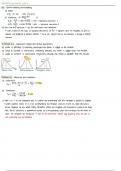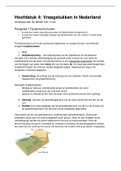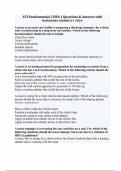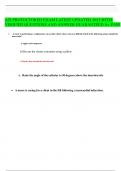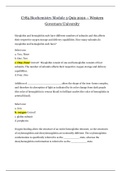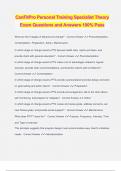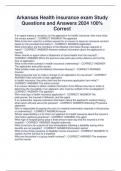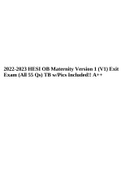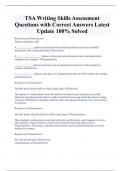Samenvatting
Summary Grade 9.6!! 2.5 Psychometrics: HOMEWORK solutions, notes and explanations FSWP2-052-A
- Vak
- Instelling
Extensive document with answers to all homework exercises, including calculations and further explanations behind answers linked to reading material. Conclusions (what knowledge/fact to take from the exercise) written down after every exercise. Received grade 9.6 (average was 5.6)
[Meer zien]
